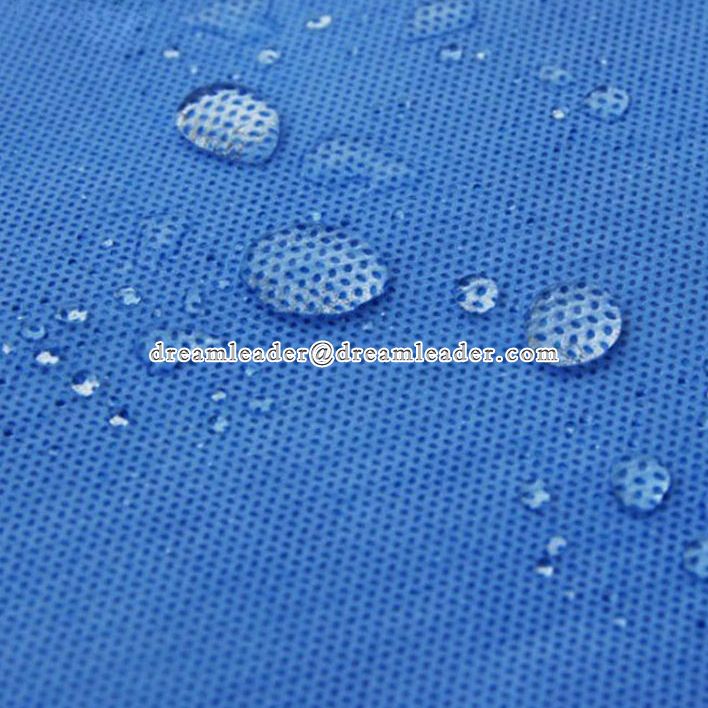Spunbond nonwovens, commonly referred to as spunbond nonwovens, consist of a continuous process of spinning fibers and dispersing them directly into web deflectors, or they can be directed with airflow. This process results in faster belt speeds.
Polypropylene nonwoven is a thermoplastic polymer such as PP or polypropylene; however, it is manufactured to look like a nonwoven. It is mainly used in non-woven bags, interlinings, medical work clothes, masks, filters, etc. It is becoming more and more popular in the healthcare and fashion industries.
With new policies sweeping the globe to reduce plastic pollution, non-woven bags and packaging materials are the new normal prevailing in many countries.
Is Polypropylene Spunbond Nonwoven Fabric Waterproof?
It is a low linear density polyethylene with a high branching rate, which has good flexibility, water permeability, abrasion resistance, softness, low-temperature resistance, and water resistance/water resistance.
Characteristics of polypropylene non-woven spunbond fabric - waterproof characteristics:
It is a three-layer structure with a high-grade surface.
With a low-density polyethylene base waterproof layer and high branching rate, it has good flexibility, water permeability, softness, and resistance.
It has low-temperature resistance.
The surface layer of the non-woven fabric is PP polyester, which can solve the problem of bonding between composite materials and cement, and the combined core layer can solve the defect of the high linear expansion coefficient of polyethylene.
What Are The Characteristics Of Polypropylene-dehydrated Non-woven Fabrics?
PP dehydrated non-woven fabric has strong impermeability, high tensile strength, good flexibility, good stability, strong deformation compatibility, wide temperature range, long service life, non-toxic, strong deformation compatibility, and Summary of chemical corrosion, mildew resistance, ozone resistance, and other properties.
If you are looking for a spunbond nonwoven fabric factory, DREAMLEADER are ideal for you. Click the link at the bottom and learn more.
 0086-13702825101
0086-13702825101  dreamleader@dreamleader.com
dreamleader@dreamleader.com  search
search

